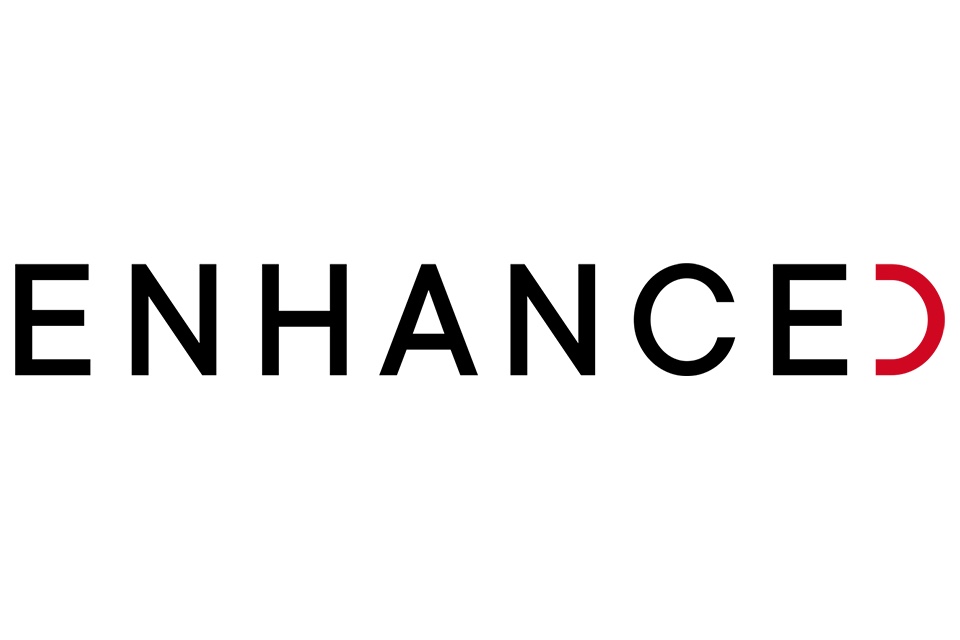The internet is a vital tool for businesses and government institutions alike, but it also presents a landscape rife with security threats. Web browsers, the gateways to this digital world, are a prime target for cybercriminals. Fortunately, the approach to web browser security in organisations, both public and private, has undergone a significant evolution in recent years. Let’s explore this journey towards a more secure online environment and examine the exciting possibilities that await senior IT professionals…
From Patchwork Policies to Proactive Defence:
Traditionally, web browser security relied on a patchwork of measures, including:
- Basic User Education: Raising awareness about phishing scams and malicious websites was a primary focus, but often proved insufficient against increasingly sophisticated attacks.
- Limited Browser Features: Disabling certain browser features like JavaScript could enhance security, but hindered functionality and user experience.
- Outdated Software: Patch management was not always prioritized, leaving organisations vulnerable to known browser vulnerabilities exploited by cybercriminals.
The Public Sector Prioritises Data Protection:
The public sector, entrusted with sensitive citizen data, has adopted a more proactive approach:
- Centralised Management and Deployment: Standardizing browser configurations across government departments ensures consistency and simplifies security updates.
- Integration with Security Systems: Web browsers are integrated with network security solutions, allowing for real-time threat detection and blocking of malicious websites.
- Multi-Factor Authentication (MFA): MFA adds an extra layer of security beyond passwords, making unauthorised access more difficult.
The Private Sector Embraces Advanced Solutions:
The private sector has witnessed a rapid adoption of advanced security solutions:
- Sandboxing: This technology creates isolated environments where suspicious websites can be accessed without risk of infecting the user’s device.
- Endpoint Detection and Response (EDR): EDR solutions monitor user activity within web browsers, identifying and responding to potential threats in real-time.
- Browser Extensions and Plugins: A range of browser extensions and plugins offer additional security features like password managers, ad blockers, and website reputation checkers.
The Future of Web Browser Security: A Collaborative Approach
The future of web browser security promises exciting advancements for senior IT professionals:
- Cloud-Based Security Solutions: Cloud-based security solutions offer real-time threat intelligence and centralized management, simplifying security across an organization.
- Zero-Trust Security: This evolving approach verifies every user and device accessing the network, regardless of location, eliminating the concept of implicit trust.
- Integration with Artificial Intelligence (AI): AI can analyze user behaviour and website traffic patterns,identifying anomalies that might indicate a potential cyberattack.
Collaboration is Key:
Ensuring robust web browser security requires a collaborative approach:
- Software Vendors: Continued development of secure browser features and prompt patching of vulnerabilities is crucial.
- Security Solution Providers: Continuous innovation in security solutions that integrate seamlessly with web browsers is vital.
- Users: Employee education about safe browsing practices and responsible use of web browsers remains essential.
A Secure Future for Organisations:
By embracing a multi-layered approach and utilizing the evolving solutions available, senior IT professionals can create a more robust web browser security environment for UK organisations. Collaboration between stakeholders, coupled with ongoing advancements in technology, holds the key to navigating the ever-changing threat landscape and safeguarding sensitive information. In a world increasingly reliant on the internet, a secure browsing experience is no longer a luxury, but a necessity.
Are you searching for Web Browser Security solutions for your organisation? The Cyber Secure Forum can help!
Photo by Nathan Dumlao on Unsplash








